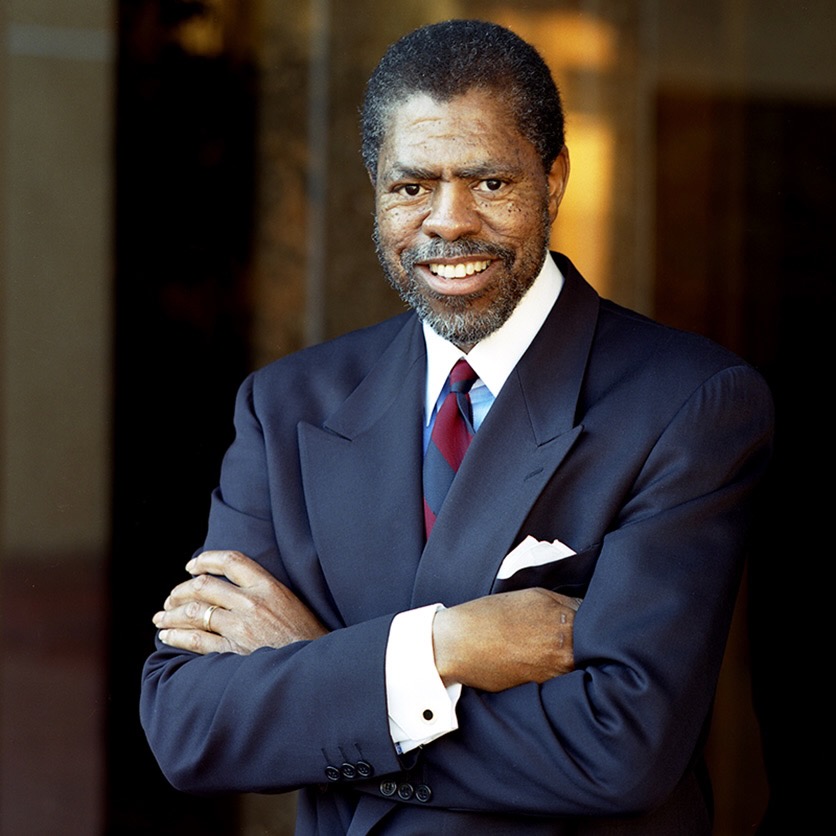From 1991 to 2005, Dr. Olden served as the Director of the National Institute of Environmental Health Sciences (NIEHS), the branch of the National Instutes of Health (NIH) that focuses on how the environment impacts human health. He was the first African-American to head any of the institutes in the NIH.

Kenneth Olden, Ph.D.
Dean of the School of Public Health (City University of New York)
Dr. Olden earned a B.S. from Knoxville College, an M.S. genetics from the University of Michigan, and a Ph.D. in cell biology and biochemistry from Temple University. He completed further training at Harvard Medical School and taught there and at Howard University. When he was appointed Director of NIEHS in 1991, he had been serving as the Chair of Oncology at Howard for six years.
Although he has held largely administrative positions, Dr. Olden maintained his research interest in glycoproteins, a category of proteins that are modified by attachment of a carbohydrate to them and which often end up on the outer membrane of the cell. In some of his most impactful research, Dr. Olden disproved two commonly believed things about how these proteins are made:
- It was previously believed that the addition of the carbohydrate to a glycoprotein acted like a molecular zip code, telling the protein that it should end up on the cell surface. But in a 1978 paper, Dr. Olden and his colleagues showed this was incorrect by blocking the addition of carbohydrate to the protein fibronectin. When they did this, fibronectin still ended up in the right place - but only at ~60% of the normal level. So they concluded that what the carbohydrate was actually doing was helping protect the protein from being broken down.
- The next idea that people had was that glycoproteins would all travel to the cell surface by default unless they had a specific signal to stay inside. In this model, glycoproteins would be transported to the cell membrane at the rate they were produced. However, in a 1985 paper, Dr. Olden and his colleagues showed that some proteins took longer to be transported through the cell than others, again showing that how newly-made proteins end up in the right part of the cell is more complex.
In the realm of cancer, Dr. Olden’s expertise in glyoproteins also led to important discoveries. Together with Dr. Ken Yamada at the National Cancer Institute, he helped to show that cancer cells make less of the gyloprotein fibronectin, which plays a major role in anchoring cells to their surroundings, than healthy cells. This may partially explain how metastasis work — if cancer cells stop making fibronectin, then there’s nothing to hold them in place where the tumor has been growing, which would let them float off to some other part of the body and start a new tumor. Olden and Yamada were able to use this idea to block metastasis in a mouse model of cancer, although the idea didn’t translate as well to human medicine (yet).
More than anything, Dr. Olden is widely regarded for how much he cares about engaging with people. When he started as director at NIEHS, he implemented regular brown bag lunches where he could get together with his employees and everyone could shoot ideas around in a non-serious environment. Similarly, he created a series of town hall events in order to get the public more involved and more informed about how the environment impacts our health.